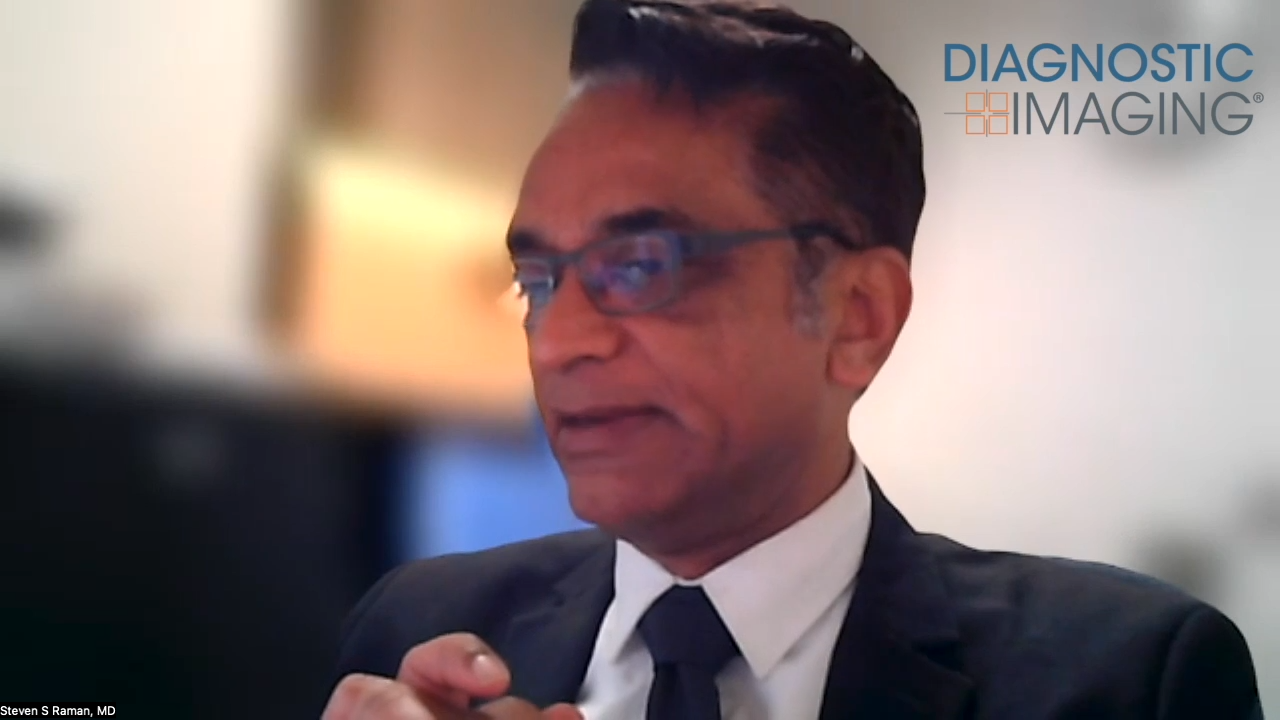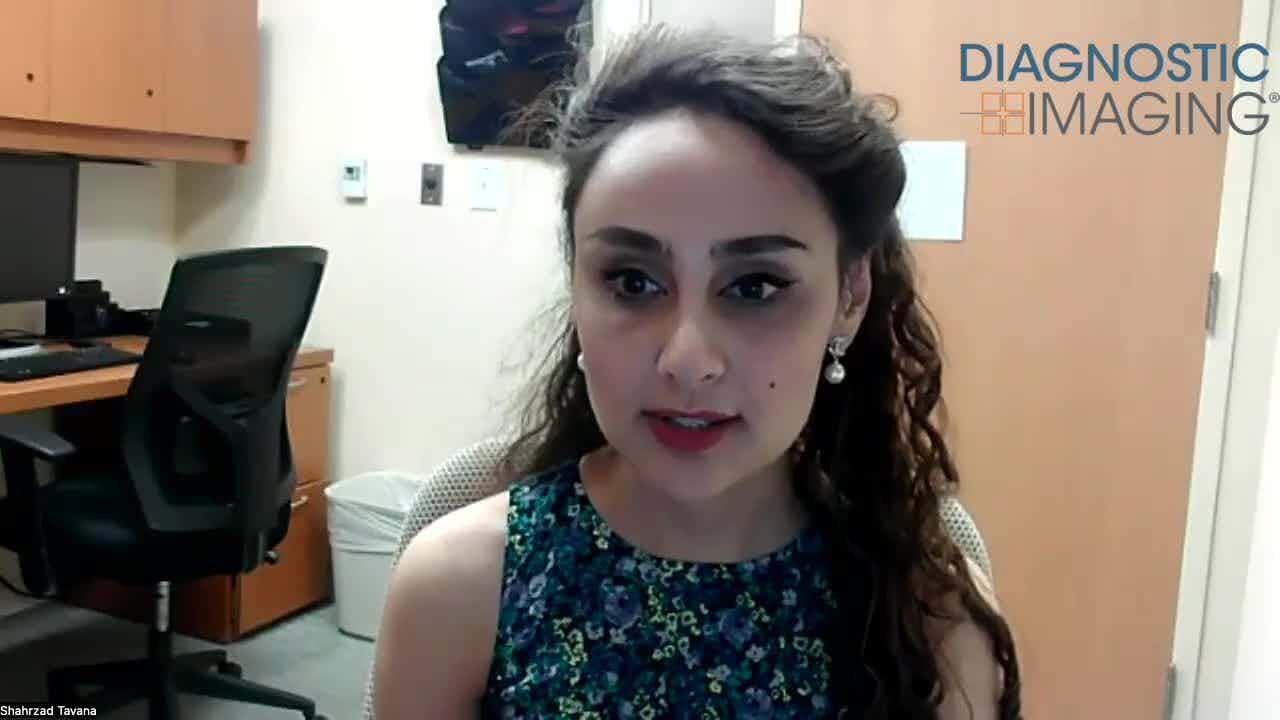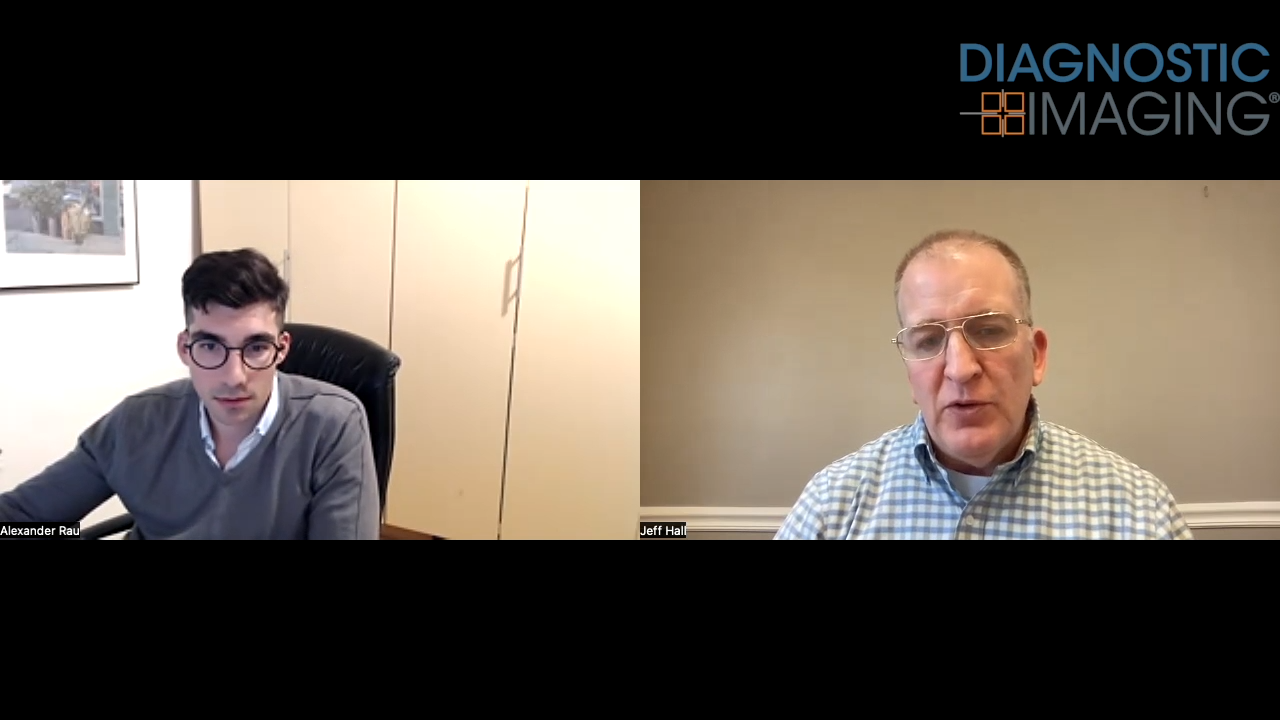Low-tech solutions address vexing comfort problems
Keeping it simple is the cornerstone of IES Patient Comfort Systems, whose products quiet patient movement with the squishable innards found in Tempur-Pedic beds.
Keeping it simple is the cornerstone of IES Patient Comfort Systems, whose products quiet patient movement with the squishable innards found in Tempur-Pedic beds.
Making patients comfortable during MR exams cuts the need for repeat scans and callbacks, according to Dr. Peter Rothschild, president and founder of the company based in Hayward, CA. Rothschild cites research to that effect conducted at the University of Louisville School of Medicine, where 200 lumbar MR exams were conducted using traditional pads and another 100 done using the new IES Patient Comfort Systems pads.
When traditional pads were used, motion artifacts caused at least one sequence to be repeated in 18% of the scans, and the entire procedure to be redone in 8%. When IES Patient Comfort Systems' pads were introduced, only 8% required a repeat sequence, and just 4% needed repetition of the entire exam. The researchers concluded that the pressure-managing Tempur material led to decreased patient motion, which boosted throughput and reduced patient callbacks.
Hoping to damp out motion well outside a research setting, IES Patient Comfort Systems offers a wide array of pads and positioners, including a knee wedge. The pads are in use at two imaging centers in Elkhart and Goshen, IN, that specialize in large patients, providing open systems to accommodate them.
"These pads are really good for them," said owner Randal Kostka, a technologist by training. "In open MR, the patient has to lie on the table a little longer than in a tube."
Other products in the IES Patient Comfort pipeline include earmuffs for deadening the noise of MR and an assembly of pads that guides dynamic MR study, causing the neck to change position, as one pad after the other is removed.
Can Abbreviated MRI Have an Impact in Rectal Cancer Staging?
April 4th 2025Abbreviated MRI demonstrated a 95.3 percent specificity for rectal cancer and provided strong agreement with the full MRI protocol for T staging and detection of extramural venous invasion, according to newly published research.
Can Photon-Counting CT be an Alternative to MRI for Assessing Liver Fat Fraction?
March 21st 2025Photon-counting CT fat fraction evaluation offered a maximum sensitivity of 81 percent for detecting steatosis and had a 91 percent ICC agreement with MRI proton density fat fraction assessment, according to new prospective research.










